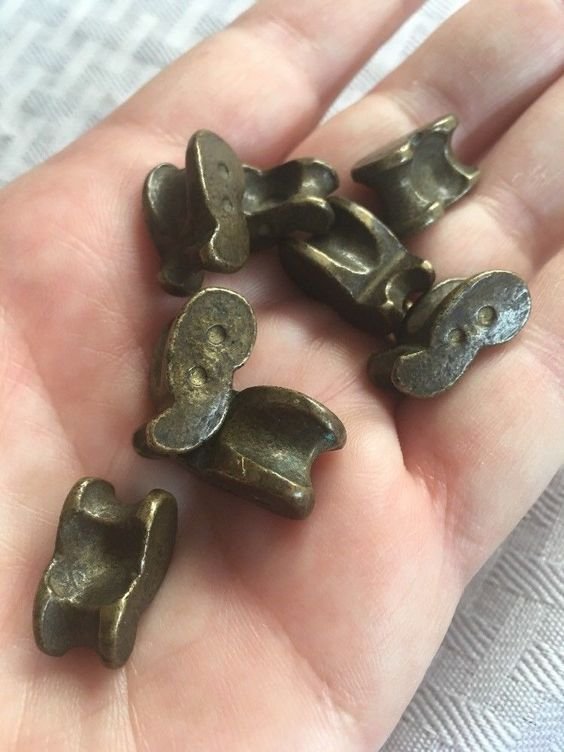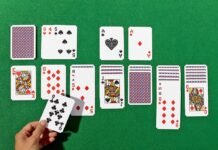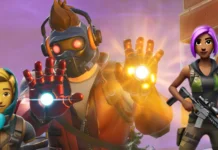Last Updated on March 22, 2024 by Nasir Hanif
From ancient times, we Mongolians had great respect for the anklebones of animals. Playing with anklebone helps young children to understand many values such as loving the Mongolian 5 traditional animals, respecting parents and siblings, and valuing friends, and is very helpful for children’s upbringing as it encourages physical development as well as muscle and tissue development.
In particular, the study has shown that playing with anklebones from a young age helps develop the skills that are helpful for young children as well as young adults such as counting, eyesight sharpening, arm and leg mobility, teamwork, endurance, classification, observation, and agility. So with that said, here are some of the most common traditional games you can play with anklebones. See this article in Mongolian Language
- FOUR DIFFICULTIES
Anklebones have four sides, sheep, goat, horse, camel. And when you throw 4 anklebones and make all different animals come up or making the same animals come up, that is considered the best luck and skill. So in this game, starting from the youngest, you win by throwing four anklebones and compete up to a certain point by calculating points as follows:
– Four horses – 100 points
– Four camels – 95 points
– Four difficulties – 80 points
– Three horses and one sheep – 75 points
– Three camels and one goat – 45 points
– One horse and three sheep – 25 points
– One camel and three goats – 15 points
– Four sheep, four goats (each), if two are the same – get 2 points
- HORSE RACING
The best thing about this game is that it has many advantages, such as learning the culture of horsemanship, learning to move forward step by step to achieve success, patience, and learning to sit. To play this game, you have to make a row of anklebones, however long you want. That will be your race road. Then each player chooses his horse and races it to the finish line. To do this, put aside another 4 anklebones and throw them. And each player has to move forward according to the number of horses that you make upside. If there are no horses, the next player throws the anklebones. Those who finish anklebone road will be the winner.
If you want to buy this anklebone game join here
- GUESS THE ANKLEBONE
This game can be played by any number of people, and it helps children to learn to count, improve hand mobility, and anticipate things by predicting their opponents. In this game, each player splits the anklebone equally and guesses the sum of all the anklebones players are choosing to hold in their hands along with their own. Then one who guessed it correctly will get the other players’ anklebones that they are currently holding. They will play it again till all the anklebones are left with one player. And that player is the winner of “Guess the Anklebone”.
- GRAB THE ANKLEBONE
Players pile their anklebones in the middle. The principle of the game is to take the desired number of piles from the anklebone in the palm of your hand and throw it up, then put it back on the back of the hand and throw it up again. The one who managed to grab the anklebone in the palm of his hand while the other player is throwing, can keep the anklebones to him/herself. Try to grab as many anklebones as you can, and the player with the most anklebones wins.
- 12 YEARS
2 players will each throw anklebones. 2-4 anklebones will be thrown alternately, and each time if a player has horse turn up, they will get 1 point. The winner will be the first one to get 12 points.
- 12 DIFFICULTY
2-4 player will play this game in a clockwise direction. First player will drop 12 anklebones and if they get horse, they will keep that anklebones to themselves. But if player has camel, they have to give their anklebones (if they got horse and collected anklebones) to the pile. The player who collects the most horses or collects all the horses is the winner, and the player who does not have horses to give is eliminated.
- 9 SHARGA
9 anklebones will be selected and each player will take turns throwing anklebones and each player who lands a horse will keep that anklebone. The player with the most horses and the most anklebones wins. Click here to buy Mongolian anklebone game
- ANKLEBONE COLLISION
Stack all the anklebones in both hands and throw the anklebones to the mat or floor. Choose from the scattered anklebones and tap or flick only the same anklebone (horse to horse, camel to camel, sheep to sheep etc) , and if there is no mistake, take one of the two anklebones WITH YOUR LEFT HAND. If the played anklebones touch another anklebone, or if you grab the anklebone with wrong./right hand, or if you accidently touch another anklebone with your body part and make them move, your turn is over and the next player will throw anklebones that is left on the floor again. The goal of the game is to improve hand-movement, improve eyesight, increase observation skills, build patience, build competitiveness, teach Mongolian culture, it helps to develop agility and language skills.
- ANKLEBONE GRABBING
Put all anklebones on the mat or the floor. Select 1 or 2 anklebones, throw them up, and before it lands, grab as much as anklebones as you can from the mat and grab the 1 or 2 anklebones that you previously threw up. It does not count if you drop the anklebone in your hand or if you fail to catch the anklebone thrown up. If there is no mistake, keep the anklebones that you played with and play again. This method of playing with the anklebones is very helpful to improve hand movements mobility.
- CREATING AN IMAGE
Show a small child a square, circle, oval, or any other shape you want. Then let the kids imitate the image with the anklebones. Ask how many anklebones there are in the picture. Playing this game will teach young children to count and organize.
- MAKING TURTLE DIAPHRAGM
The game can be played by any number of people, and you only need 92 anklebones to make a body of a turtle.
– The turtle’s back is made up of 36 anklebones in 6×6
– At the four ends of the spine, there are 4 upper legs, each consisting of 4 anklebones, for a total of 16 anklebones.
– At the bottom of the upper legs, there is four feet consist of 5 anklebones, for a total of 20 anklebones.
– At the top of the spine, make a neck and stretch the 6 anklebones in two rows.
– Place 3 anklebones on the top of the neck as the head and 2 eyes and 2 ears on each side.
– At the bottom of the spine, three anklebones extend into the tail.
– Place two kidneys, one heart, and one bladder on each of the 36 anklebones of the spine. The kidneys, heart, and bladder are represented by brightly colored anklebones.
After creating the Turtle’s body, four red-painted anklebones are arranged in a circle on the head, five blue-painted anklebones on the left are arched in the shape of a bow and arrow, and three white anklebones with protruding arrows on the right. Also, on the four claws, one anklebone is placed as the earth, space, mountain, and wind. Thus, during the Tsagaan Sar, (Mongolian lunar new year) the “Checkered Turtle” or the Turtle Diaphragm consists of 108 anklebones. On New Year’s Day, a person who has been born on the animal year that is currently being celebrated throws dice in the correct order of the sun.
– When a hole descends, one of the anklebones, called the earth, the sky, the mountains, the wind, or one of the heart and bladder, is placed one by one on the four claws of the checkered frog.
– If you go down through two holes, you can see one of the pairs of organs, such as the eyes, ears, and kidneys
– When the three holes fall, one of the head and tail, or the so-called “iron” anklebone
– Go down through the four holes, one of the four legs
– When the five holes fall, one of the four claws, or the so-called “tree” anklebone
– When six holes fall, one of the necks or the back is played
If you take a cube hole and drop it by the number of items you have finished, the anklebone with that number will rollback. When you finish playing like this and win the anklebone, whoever gets the most anklebones wins. The winner of this game will be lucky that year. Playing this game disciplines the child in a fun way and also improves eyesight, and makes the players alert.



























